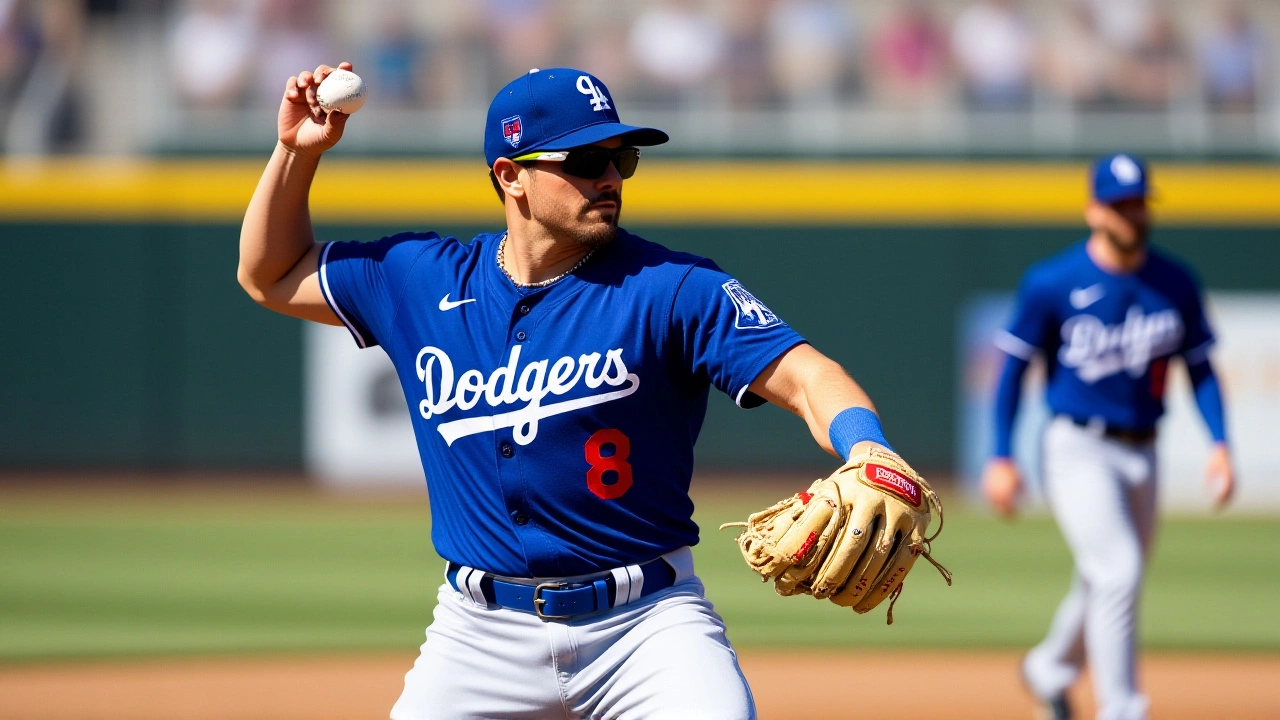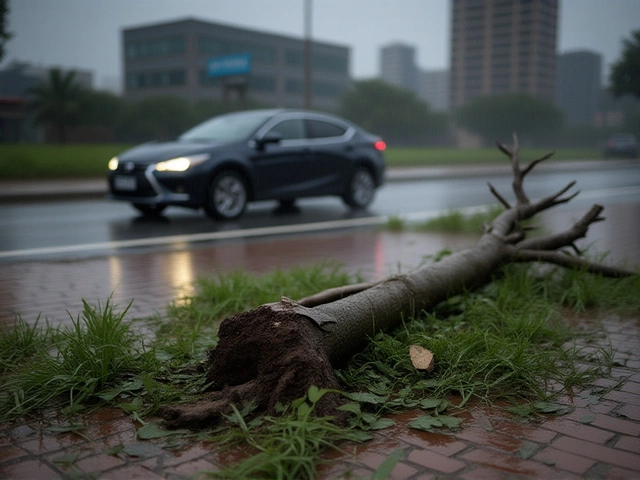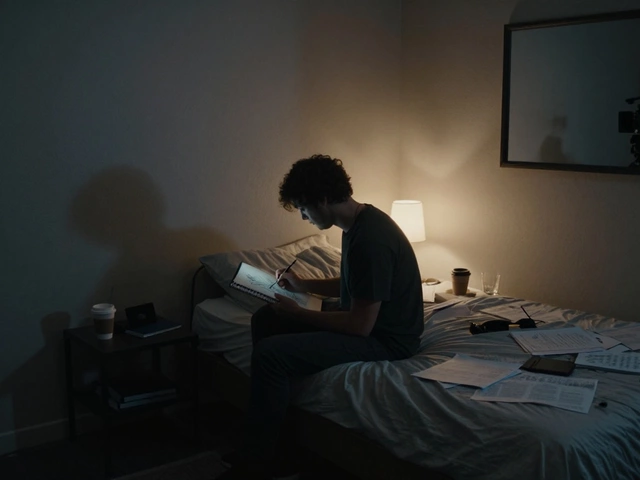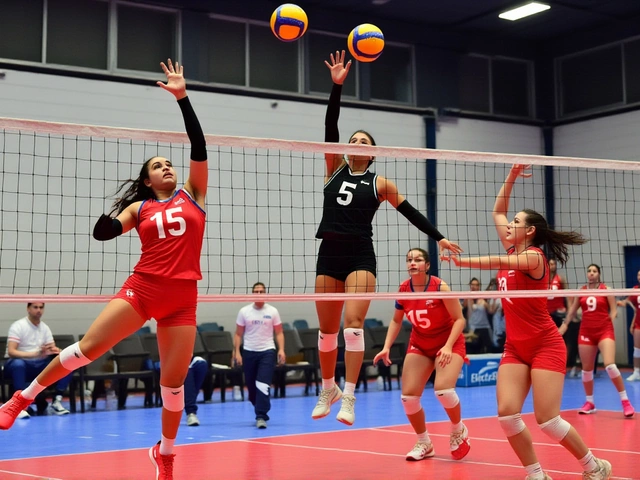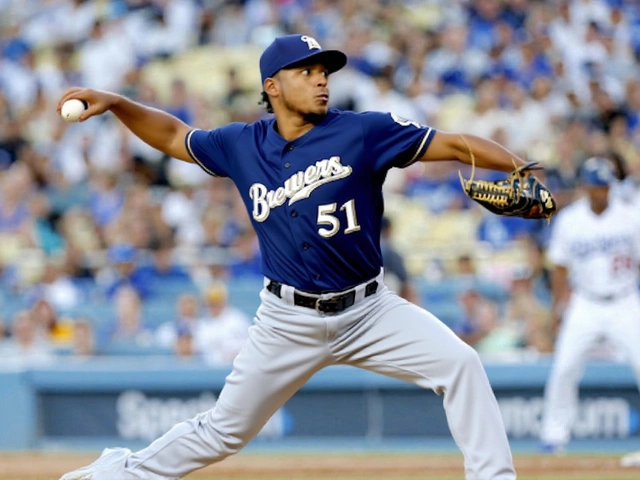The Los Angeles Dodgers didn’t just re-sign a player—they re-upped a clubhouse fixture. On February 11, 2025, the team officially locked in Enrique "Kiké" Hernández, 33, to a one-year, $6.5 million contract for the 2025 MLB season. The move came just days after Hernández teased the deal on TikTok with a video titled "Caminando por la puerta abierta," and hours after the Dodgers placed right-handed pitcher Gavin Stone, 25, on the 60-day injured list to clear a 40-man roster spot. It wasn’t a splashy free-agent signing. It was a quiet nod to loyalty, versatility, and postseason magic.
Why Kiké? Because He’s the Ultimate Swiss Army Knife
What does a player do to earn a raise after a .229 batting average? If you’re Enrique Hernández, you play every position but catcher—and then go nuclear in October. In 2024, Hernández appeared in 126 games for the Dodgers, splitting time across six positions: 71 at third base, 18 at first, 11 in center, 15 in left, 10 at second, and nine at shortstop. He even pitched in four blowouts. That’s not just utility—it’s organizational insurance. Manager Dave Roberts, 52, doesn’t just like Hernández—he relies on him. When the game tightens in the seventh inning, Roberts knows he can slot Hernández into right field, pinch-hit against a lefty, or even play shortstop if Taylor Montgomery gets plunked. That flexibility is rare. And expensive to replicate.Postseason Legend, Regular Season Ghost
Here’s the twist: Hernández’s regular season was quietly mediocre. His .229 average and .654 OPS were his lowest since 2017. But step into the playoffs, and he turns into a different player entirely. In 2024’s postseason, he went 15-for-51 (.294) with seven home runs and a 1.008 OPS. That’s not luck. That’s pattern. Since 2021, Hernández has posted a .352 average and 15 postseason homers—more than any other active player not named Aaron Judge or Mookie Betts. His career postseason OPS? .874. That’s elite. And here’s the kicker: he’s done it all while carrying a reputation for being unpolished. Remember the live post-NLDS interview where he let loose with a string of expletives after a walk-off? The Dodgers didn’t punish him. They laughed. Then they signed him. That’s culture. That’s trust.The Numbers Behind the Decision
The Dodgers didn’t sign Hernández because he’s a .230 hitter. They signed him because he’s a .408 slugging hitter who crushes lefties. In 2024, his OPS against southpaws was .849—well above league average. His 122 wRC+ against left-handed pitching in his first Dodgers stint (2015–2020) wasn’t a fluke. It’s a profile. And in a lineup that features Mookie Betts and Freddie Freeman, having a bench bat who can kill lefty relievers is like having a secret weapon. His plate discipline improved too. In 2024, his chase rate (26.4%) and whiff rate (19.6%) both beat MLB averages. His average exit velocity? Just under 90 mph—solid, not spectacular. But when he connects? The ball flies. He hit 12 homers last year on just 372 plate appearances. That’s power density.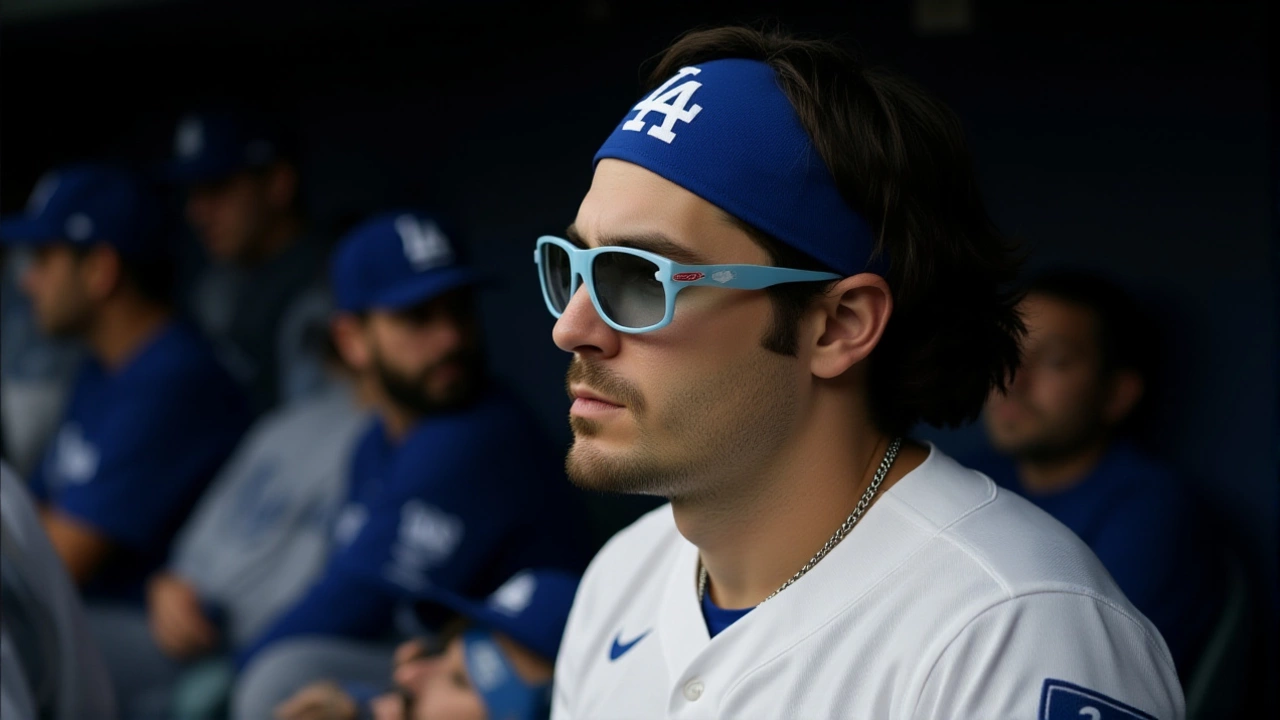
Leadership in the Locker Room
Behind the stats, Hernández brings something harder to measure. He’s been with the Dodgers through two World Series runs (2017, 2020) and now the 2024 title. He’s the guy who stays late to film batting practice. Who jokes with rookies. Who remembers every player’s birthday. He’s not a captain. But he’s the guy the team leans on when things get tense. President of Baseball Operations Andrew Friedman, 47, and GM Brandon Gomes, 39, have built a roster that values experience over hype. They kept Corey Seager, signed Yoshinobu Yamamoto, and now brought back Hernández—not because he’s a star, but because he’s a glue guy. The Dodgers don’t need 200 hits from him. They need 40 clutch at-bats in October.What’s Next? The 2026 Option
According to Unanimodeportes.com, the contract includes a $3.75 million team option for 2026. That’s not confirmed by MLB.com—but it’s plausible. If Hernández stays healthy and keeps delivering in high-leverage spots, the Dodgers will pick it up. If he falters, they walk away. It’s a low-risk, high-reward bet. And in the modern MLB, that’s exactly how you build a championship team. Hernández, born in San Juan, Puerto Rico, has now spent 11 of his 14 MLB seasons with the Dodgers. He was drafted by Houston, traded to Miami, then shipped to LA in 2014—and never left. Not really. Even when he was in Boston, he was a Dodger at heart. Now, he’s back for good.Frequently Asked Questions
Why did the Dodgers pay Kiké Hernández more in 2025 than in 2024?
Despite a .229 regular-season average in 2024, Hernández delivered a career-best postseason performance with seven home runs and a 1.008 OPS in the playoffs. His ability to hit left-handed pitching (.849 OPS) and play six defensive positions made him invaluable to manager Dave Roberts. The $6.5 million salary reflects his role as a high-leverage bench player, not his batting average.
Has Kiké Hernández ever played catcher?
No. Throughout his 11-year MLB career, Hernández has played every position except catcher—18 games at first, 10 at second, 71 at third, nine at shortstop, 15 in left, and 11 in center. His defensive versatility is unmatched among utility players, making him one of the few MLB players capable of filling any non-catcher role on short notice.
How does Hernández compare to other utility players in MLB?
Hernández ranks among the top five utility players in MLB history by defensive versatility and postseason impact. Only players like Ben Zobrist and Marwin González have matched his ability to play six positions at a league-average or better level. But unlike most utility players, Hernández has consistently delivered in October, with 15 career postseason homers—more than 90% of MLB’s everyday starters.
Is the 2026 team option likely to be exercised?
It’s very likely. At $3.75 million, the option is a bargain for a player with Hernández’s skill set. If he stays healthy and continues to perform in late-game situations, the Dodgers will almost certainly pick it up. Even a .230 hitter with 10 homers and elite defense is worth that price in a championship-contending roster.
Why didn’t the Dodgers sign a new utility player instead?
The market for elite utility players is thin. Players like Whit Merrifield and Luis Arraez command higher salaries and play fewer positions. Hernández’s familiarity with the Dodgers’ system, clubhouse chemistry, and proven postseason track record made him a safer, more cost-effective choice than any available free agent.
What’s Hernández’s legacy with the Dodgers?
Hernández is the ultimate Dodger journeyman—drafted by Houston, traded to Miami, then claimed by LA in 2014. He’s played in three World Series with the team, won one title, and delivered clutch hits in multiple playoff runs. He may not be a Hall of Famer, but in LA, he’s a cult hero: the guy who showed up, played everywhere, and never backed down when the lights were brightest.
